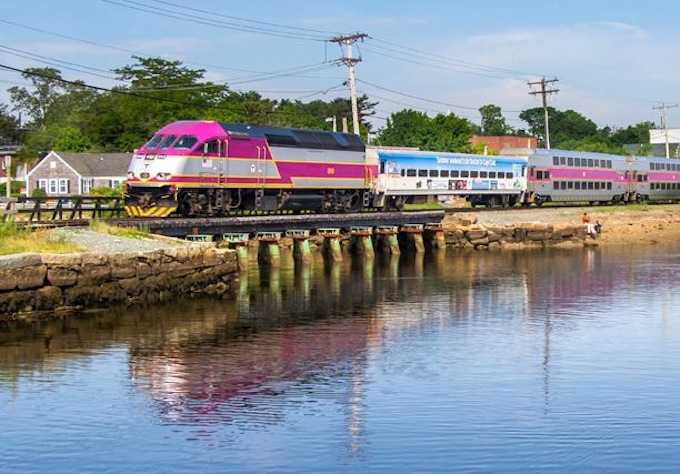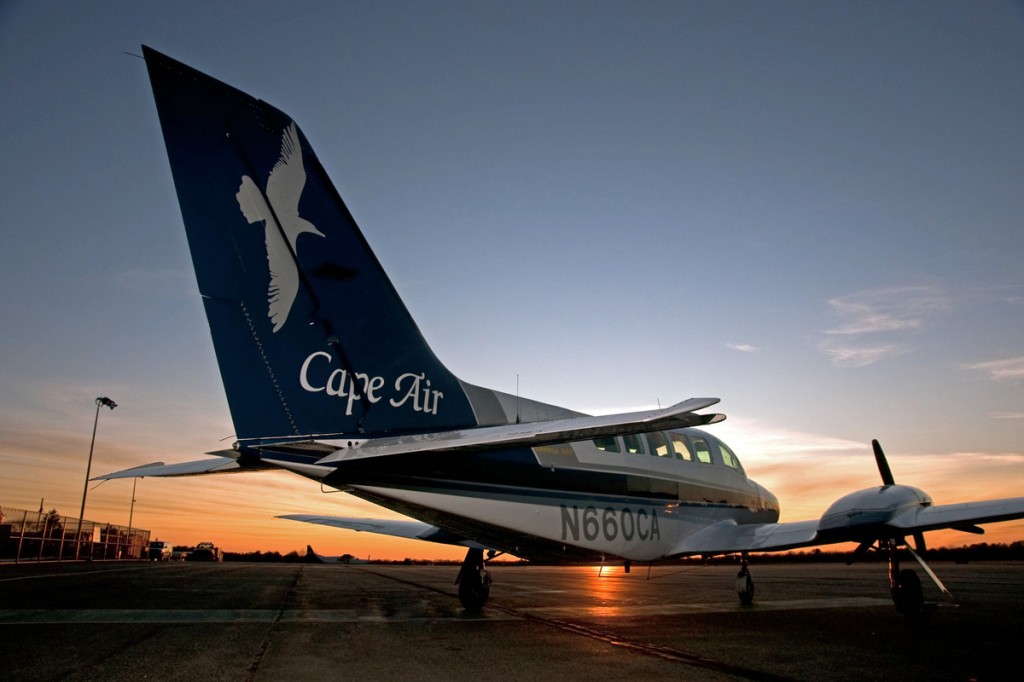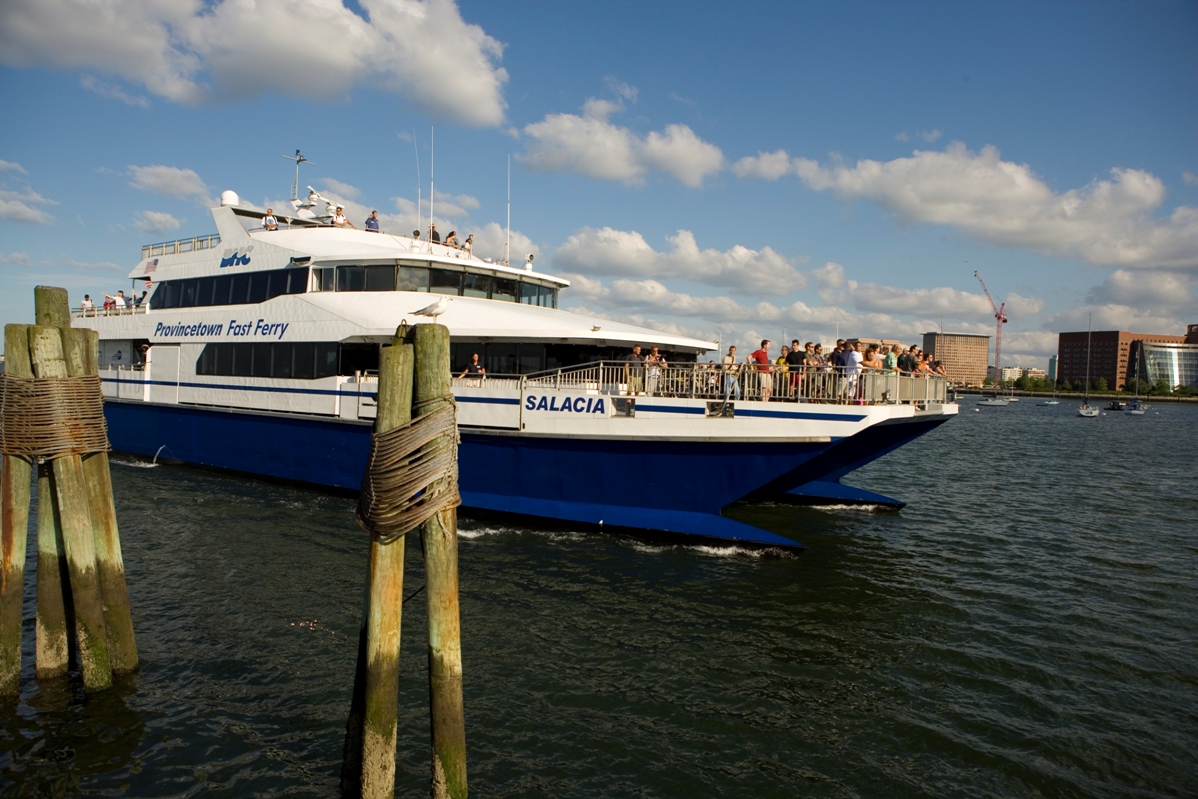Now that temperatures are consistently hovering in the 70-degree range (save for Monday’s dreary rain, of course), it’s time to flee the city for summertime leisure. In Boston, and much of Massachusetts for that matter, that means making the traditional pilgrimage to Cape Cod where the bivalves aren’t too briny, the cottages aren’t too flashy and the beaches are in abundance. But how are you supposed to make this great escape?
For most, trekking down the Cape means hitting the pavement for a relatively short road trip. But anyone who’s gotten behind the wheel has experienced at least once the traffic woes that accompany it. There are only two bridges that connect Cape Cod to the mainland, after all, and combined they carry just three lanes of vehicular movement in each direction.
So if you prefer not to sit bumper-to-bumper for an extended period of time, which isn’t guaranteed of course but certainly is likely, here are five alternative modes of transportation that will bring you to your Cape destination of choice.
1. By bike
Biking from Boston to the Cape is likely the easiest option but also the most rigorous. The Claire Saltonstall Bikeway extends the entire length of the Cape to Provincetown stretching 135 miles, but to get to Bourne, essentially the gateway to the Cape, cyclists will have to bike roughly 70 miles.
2. Provincetown Ferry
Another viable way to get to the very tip of the Cape, Boston Harbor Cruises offers a 90-minute ferry that cuts through the heart of Massachusetts Bay. The Salacia can accommodate up to 600 passengers and features a stocked snack bar with food and drinks (some of the boozy variety). The roughly 90-minute trip costs $88 for a roundtrip ticket so it’s not exactly inexpensive but the seafarers out there are in for a unique experience – but be wary if you’re susceptible to seasickness. The ferry departs Long Wharf in Boston and the schedule can be seen here.
After a $2.6 million engine refit, the Salacia will be the first EPA Tier III Certified Emissions Level vessel operating in Boston Harbor.

3. CapeFLYER
CapeFLYER rail service is back for its third, and most promising, year yet. This South Station to Hyannis train costs $40 for a roundtrip and based on the ridership success it enjoyed the last two years, officials are expecting the most passengers yet. And while train conversations in the Bay State are typically centered around the MBTA’s financial woes, CapeFLYER pays for itself.
“We’re the only transit service in the country I’m aware of that can say something like that,” Tom Cahir, Cape Cod Regional Transit Authority Administrator, told BostInno.

4. Cape Air
If you’re not one for land or sea travels, Cape Air might be your best bet. Not only can you fly from Boston to Hyannis but Cape Air also offers service to the Islands – Nantucket and Martha’s Vineyard, both otherwise unreachable save for a ferry. But it’s on the more expensive end of the transportation spectrum. A quick reservation search for the randomly selected weekend of July 24 through 26 says it’ll cost more than $260 to get from Boston to Hyannis with a brief layover in Nantucket. The aerial views of Massachusetts and style points for taking a plane might make this worth breaking the bank for.

5. Helicopter charter
The ultimate baller move, chartering a helicopter to get to Cape Cod is certainly the ritziest. Boston Executive Helicopters offers rides from nearby Norwood, Mass. to Cape Cod and the Islands, as well as private tours, and certainly qualifies as the most luxurious form of travel. A skyline tour of Boston for up to five people will run you $699 and passengers interested in booking a trip to the Cape Cod are encouraged to contact BEH with more details for an accurate price quote.

